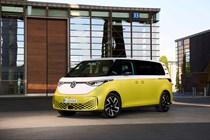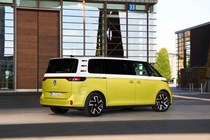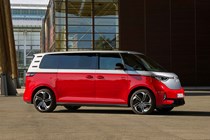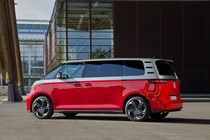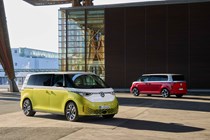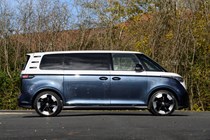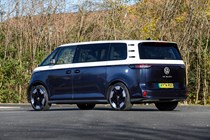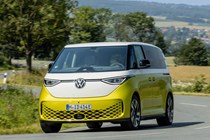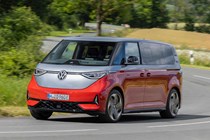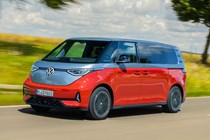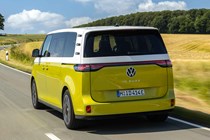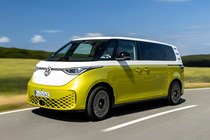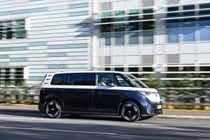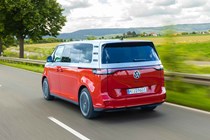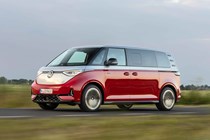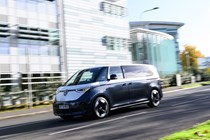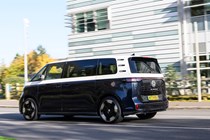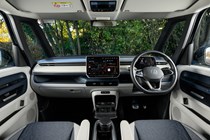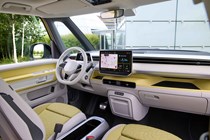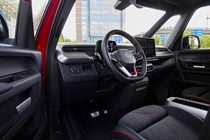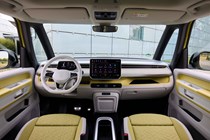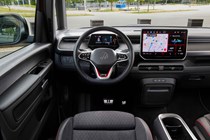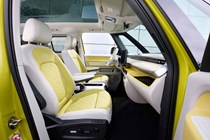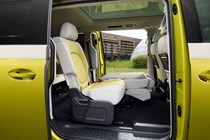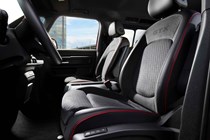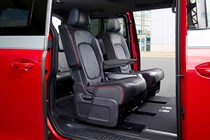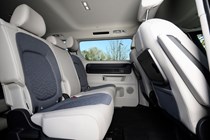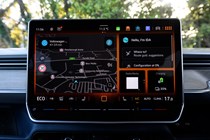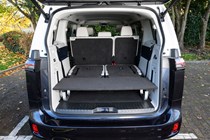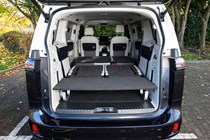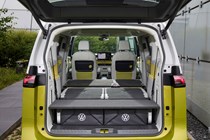
Volkswagen ID. Buzz running costs and reliability
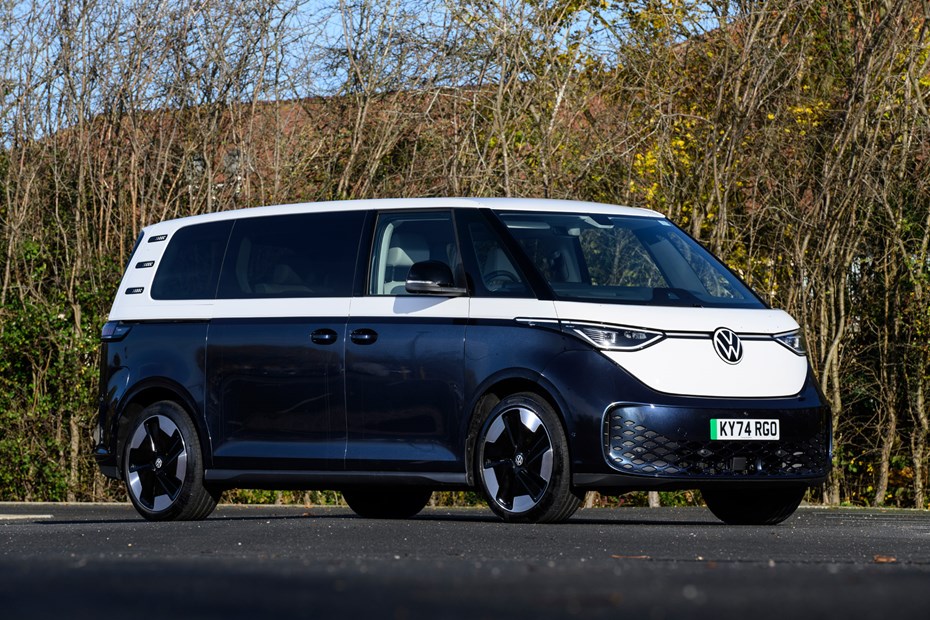
Miles per pound (mpp) ⓘ
| Electric motors, home charging | 8.5 - 9.4 mpp |
|---|---|
| Electric motors, public charging | 4.6 - 5.1 mpp |
Fuel economy ⓘ
| Electric motors | 2.9 - 3.2 miles/kWh |
|---|
- Not a particularly efficient electric car
- New, bigger battery has improved range
- Should still manage 200 miles per charge
What are the running costs?
If you can charge it up at home on an EV-friendly energy tariff, the Volkswagen ID. Buzz could be quite cheap to run. It’s far from being the most energy efficient electric car on sale, though. It’s big, heavy and shaped like a house brick, so you won’t get as many miles from a single charge as you would from the mechanically identical ID.4 SUV.
Volkswagen says its new 79kWh battery pack and 286hp motor has boosted the five-seat model’s WLTP driving range from 258 to 282 miles. The twin-motor GTX variant is less efficient. The extra motor on the front axle cuts the MPV’s maximum range down to 254 miles which, in fairness, isn’t a huge difference. However, the performance difference between the two models isn’t worth sacrificing range for.
You can improve your lot by opting for the long-wheelbase Buzz, as that comes with a larger 86kWh battery. But, because it’s dragging around a load of extra metal and two more seats, it only pushes the MPV’s official range up to 291 miles. Both versions of the Buzz have a real-world range of just over 200 miles, with around 230 miles possible from the LWB model with careful driving.
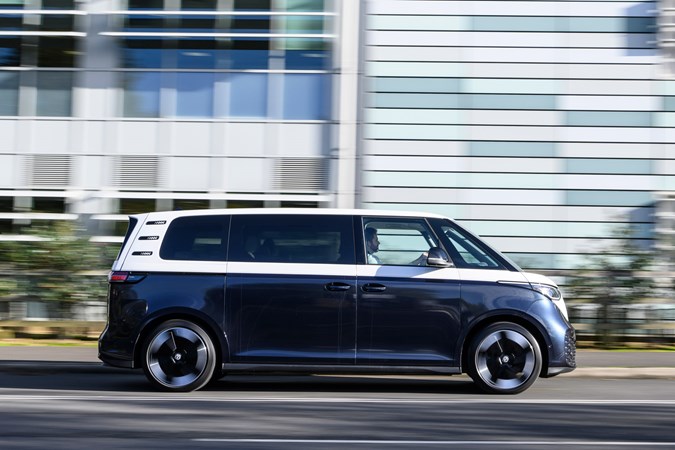
If you only need a five-seat electric car, we recommend you think carefully about whether the Buzz is right for you. If you can do without the standard Buzz’s cavernous boot capacity (which we’d wager most drivers can), the Kia EV6 is a far more convenient electric car to own, thanks to its real-world range of more than 300 miles.
Servicing and warranty
In better news on the running costs front, the ID. Buzz comes with three years’ of servicing and your first MOT included in the purchase price. Plus, if you finance it through Volkswagen Financial Services you’ll get a free wallbox charger as well.
Service intervals are set at a lengthy two years, regardless of mileage. That’s simply because there are fewer moving parts in an electric vehicle. Volkswagen’s warranty is three years or 100,000 miles, but you can extend that up to five years or 150,000 miles. The battery pack is covered for eight years or 100,000 miles as standard.
Reliability
- Volkswagen’s MEB cars have suffered problems
- The updated Buzz gets some new technology
- Should be more reliable than a petrol MPV
Electric vehicles should be more reliable than petrol vehicles, as they have fewer moving parts. But Volkswagen hasn’t had the best of luck with the software powering its MEB cars. We’ll monitor how the MPV’s electrical systems perform now they’ve been updated and report back on any issues, though our test car had no bugs or issues in the 600 miles we covered in one week of having it.
If you own or drive a Volkswagen ID. Buzz already, why not leave an owner’s review to help other readers learn from your experience?
Ongoing running costs
| Road tax | £620 |
|---|---|
| Insurance group | 31 - 42 |
Get an insurance quote with

|
|



